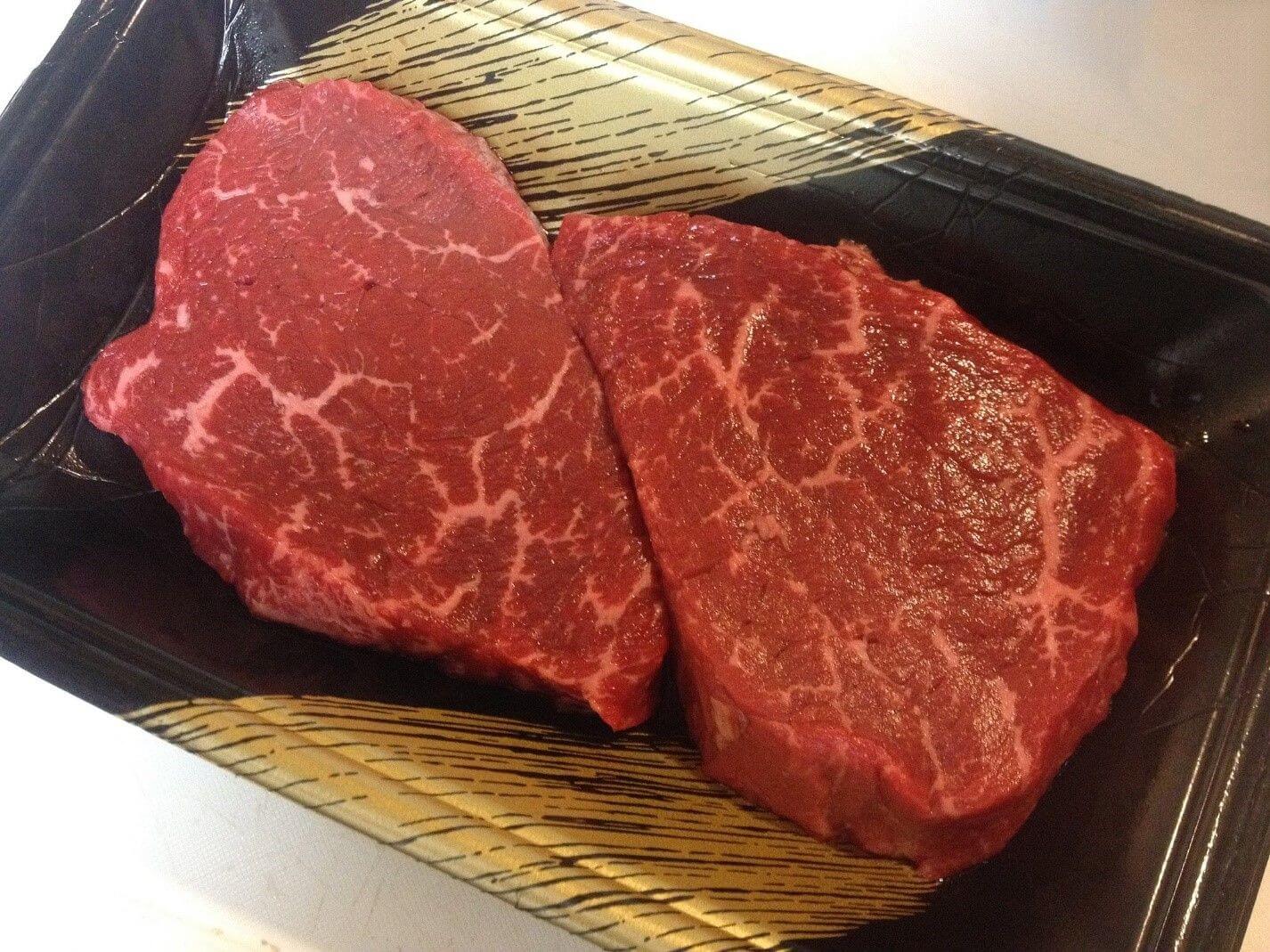

Articles
How To Store Steak
Modified: December 7, 2023
Learn how to properly store steak to maintain its freshness and flavor. Our articles provide tips and tricks for preserving steak's quality.
(Many of the links in this article redirect to a specific reviewed product. Your purchase of these products through affiliate links helps to generate commission for Storables.com, at no extra cost. Learn more)
Introduction
Welcome to the world of steak, where succulent cuts of beef are a culinary delight. Whether you’re a meat lover looking to satisfy your taste buds or a kitchen enthusiast looking to experiment with different flavors, knowing how to properly store steak is essential in maintaining its quality and flavor.
When it comes to storing steak, there are a few key factors to consider. The type of steak, the length of storage, and the storage method all play a role in keeping your cuts of beef at their best. By following the right techniques and guidelines, you can ensure that your steak retains its freshness, tenderness, and deliciousness.
In this article, we will explore the various aspects of storing steak, from choosing the right cuts to proper wrapping and storage methods. We will also cover important tips for maintaining the quality of your stored steak, so you can enjoy a delectable meal whenever the craving strikes.
So, let’s dive in and discover the secrets to storing steak like a pro!
Key Takeaways:
- Properly wrapping and storing steak is essential for maintaining its flavor and tenderness. Choose high-quality cuts, prepare them correctly, and follow proper storage methods to ensure delicious results.
- Whether storing in the refrigerator or freezer, following best practices such as avoiding temperature fluctuations, preventing air exposure, and using quality freezer bags helps extend the shelf life of steak while preserving its taste and texture.
Read more: How To Store Cooked Steak
Choosing the Right Steak
When it comes to storing steak, it’s important to start with high-quality cuts of beef. Choosing the right steak not only affects the taste and tenderness but also determines how well it will hold up during storage. Here are some factors to consider when selecting the perfect steak for storage:
- Grade: The grade of the steak refers to its quality, tenderness, and marbling. The most common grades are Prime, Choice, and Select. Prime grade steak has the highest level of marbling and tenderness, making it an excellent choice for storage. Choice grade steak is also a good option, while Select grade steak is leaner and may require extra care during storage.
- Cut: Different cuts of steak offer varying flavors and textures. Whether you prefer a tender filet mignon, a juicy ribeye, or a flavorful strip steak, choosing a cut that suits your taste is essential. Each cut has its own unique characteristics and may require different storage techniques.
- Age: Aging steak, either through dry-aging or wet-aging, enhances its tenderness and flavor. Dry-aged steaks are typically more expensive and require specific storage conditions. If purchasing an aged steak, ensure that it is properly vacuum-sealed to maintain its quality during storage.
- Thickness: Thicker cuts of steak tend to fare better in storage than thinner cuts. They retain moisture and flavor more effectively, ensuring a more enjoyable eating experience when you’re ready to cook them.
- Freshness: Always opt for fresh cuts of steak. Look for vibrant color, firm texture, and minimal to no odor. Avoid steaks with discolored patches or signs of excessive moisture as they may not store well.
Remember, the better the quality of the steak you choose, the better it will fare during storage. By considering the grade, cut, age, thickness, and freshness, you can ensure that you start with a steak that is primed for success in the storage process.
Preparing the Steak for Storage
Before you can store your steak, it’s essential to prepare it properly. Proper preparation ensures that the steak stays in optimal condition and maintains its flavor and tenderness. Here are some steps to follow when preparing your steak for storage:
- Trimming: Begin by trimming excess fat from the steak. While fat adds flavor, too much fat can cause the meat to spoil more quickly during storage. Trim any large pieces of visible fat, but leave a thin layer to enhance the taste.
- Seasoning: Season the steak with salt and pepper or your preferred seasoning blend. This step adds flavor and helps to create delicious crust when cooking the steak later. Be sure to rub the seasoning into the meat for the best results.
- Marinating (optional): If you prefer marinated steak, now is the time to do it. Place the seasoned steak in a resealable bag or a shallow dish and pour your desired marinade over it. Allow the steak to marinate in the fridge for at least 30 minutes or as instructed by the recipe. Marinating adds additional flavors and can help tenderize the meat.
By properly trimming, seasoning, and marinating your steak, you are setting a solid foundation for excellent results. These steps ensure that the steak is ready for storage and will be primed for cooking whenever you’re ready to enjoy it.
Wrapping the Steak Properly
Properly wrapping your steak is crucial to maintain its quality and prevent freezer burn or excessive moisture loss. The right wrapping technique helps to preserve the flavor, texture, and juiciness of the steak during storage. Here’s how to wrap your steak properly:
1. Plastic Wrap: Start by individually wrapping each steak tightly in plastic wrap. Ensure that the entire surface of the steak is sealed to prevent any air from entering or escaping. This step helps to preserve the natural juices of the steak and prevent freezer burn.
2. Aluminum Foil: After wrapping the steak in plastic wrap, wrap it again in aluminum foil. This extra layer of protection adds an additional barrier against air and helps to maintain the steak’s moisture. Make sure the foil is tightly sealed to prevent any leaks or exposure.
3. Freezer-Safe Bag: For an extra layer of protection, place the wrapped steak inside a freezer-safe bag or airtight container. This step helps to further prevent moisture loss and freezer burn, ensuring that your steak stays in top condition during storage.
By following these wrapping steps, you create a secure environment for your steak, protecting it from air exposure and preventing moisture loss. This method helps to maintain the steak’s freshness and flavor, making sure that it is ready to deliver a delicious dining experience when it’s time to cook.
Storing Steak in the Refrigerator
The refrigerator is an ideal storage option when you plan to consume your steak within a few days. Storing steak in the refrigerator helps to maintain its freshness and quality while keeping it at a safe temperature to prevent bacterial growth. Here are some guidelines for storing steak in the refrigerator:
1. Temperature: Set your refrigerator temperature between 32°F (0°C) and 40°F (4°C) to ensure that the steak stays in the safe temperature range. This range helps to slow down bacterial growth and maintain the quality of the meat.
2. Shelf Placement: Place the wrapped and sealed steak on a shelf in the coldest part of the refrigerator. This is usually the lowest or back shelf. Keeping the steak away from door openings and other food items helps to ensure consistent temperature and prevent any potential cross-contamination.
3. Duration: Depending on the freshness and type of steak, it is recommended to consume it within 3 to 5 days when stored properly in the refrigerator. Always check for any signs of spoilage before cooking or consuming the steak.
4. Proper Handling: When in storage, avoid moving or disturbing the steak unnecessarily. Any rough handling can lead to moisture loss and compromise its quality. It’s best to keep the steak in its designated spot until you’re ready to cook it.
Remember, storing steak in the refrigerator is suitable for short-term storage. If you plan to keep the steak for a longer period, freezing is the preferred method to maintain its quality and extend its shelf life. Properly utilizing the refrigerator ensures that your steak stays fresh and safe until you’re ready to savor its deliciousness.
After purchasing steak, store it in the coldest part of the refrigerator, ideally below 40°F (4°C). Keep it in its original packaging or rewrap it tightly in plastic wrap to prevent air exposure and potential contamination. Use within 3-5 days for best quality.
Read more: How To Store Steak Knives
Freezing Steak
If you have more steak than you can consume within a few days, freezing is a great option to extend its shelf life while preserving its quality. Freezing steak helps to prevent bacterial growth and maintain the flavor and texture of the meat. Here are the steps to properly freeze steak:
1. Preparation: Ensure that your steak is properly wrapped and sealed to protect it from freezer burn and moisture loss. Follow the wrapping technique mentioned earlier using plastic wrap and aluminum foil. Place the wrapped steak inside a freezer-safe bag or airtight container for additional protection.
2. Labeling: Label the freezer bag or container with the date of freezing. This helps you keep track of how long the steak has been in the freezer and ensures that you prioritize using the oldest steak first.
3. Freezing Time: Freeze the steak as soon as possible after purchasing or preparing it. The quicker you freeze the steak, the better it will retain its quality. Aim to freeze the steak within 24 hours to preserve its freshness.
4. Freezer Placement: Place the wrapped and labeled steak in the coldest part of the freezer. This area is typically the back or bottom shelf. Avoid placing the steak near the freezer door, as it may be exposed to temperature fluctuations when the door is frequently opened.
5. Freezing Duration: When stored properly, steak can typically be kept in the freezer for up to 6 to 12 months without significant quality loss. However, it’s best to consume the steak within 3 to 4 months for optimal flavor and texture.
By following these steps, you can freeze your steak effectively, ensuring that it remains in excellent condition until you’re ready to cook it. Proper freezing helps to preserve the flavor, tenderness, and juiciness of the steak, making it a convenient and delicious option for future meals.
Thawing and Using Frozen Steak
Thawing frozen steak properly is essential to maintain its quality and ensure safe consumption. Here are the recommended methods for thawing and using frozen steak:
1. Refrigerator Thawing: The safest and recommended method for thawing frozen steak is to do so in the refrigerator. Place the frozen steak on a plate or in a shallow dish to catch any drippings, and let it thaw slowly in the refrigerator. This method allows for even thawing and helps to maintain the steak’s texture and flavor. Depending on the size and thickness of the steak, it may take anywhere from 24 to 48 hours to fully thaw.
2. Cold Water Thawing: If you need to thaw the steak more quickly, you can use the cold water thawing method. Ensure that the steak is securely wrapped in a leak-proof bag to prevent any water from entering. Submerge the steak in a bowl of cold water, and change the water every 30 minutes to keep it cold. This method typically takes about 1 to 2 hours to thaw a 1-pound steak.
3. Microwave Thawing: If you’re in a hurry, you can use the microwave to thaw the steak. However, this method should be used with caution to avoid uneven cooking or partial cooking of the meat. Follow the microwave’s defrosting instructions and use the lowest power setting to thaw the steak gently. Once thawed, cook the steak immediately to ensure safe consumption.
4. Cooking from Frozen: In some situations, you can cook frozen steak without thawing. However, it is important to note that cooking times may be longer, and the steak may not cook as evenly. Adjust the cooking time accordingly and use a meat thermometer to ensure the steak reaches the desired internal temperature.
Once the steak is thawed, you can proceed to cook it using your preferred method, whether grilling, pan-searing, or broiling. Remember to follow proper cooking guidelines to achieve the desired doneness and ensure safe consumption.
It’s important to note that once thawed, the steak should not be refrozen unless it has been cooked first. Refreezing thawed, uncooked steak can lead to a loss in quality and increase the risk of foodborne illnesses.
By following these thawing methods and using frozen steak safely, you can enjoy the convenience of having steak on hand while still enjoying delicious, tender, and perfectly cooked results.
Tips for Maintaining Steak Quality
To ensure the highest quality of your stored steak, it is important to follow these tips and best practices:
- Proper Storage Conditions: Whether storing in the refrigerator or freezer, maintaining the correct temperature is crucial. Keep the refrigerator temperature between 32°F (0°C) and 40°F (4°C), and the freezer temperature at or below 0°F (-18°C).
- Avoid Temperature Fluctuations: Avoid frequently opening and closing the refrigerator or freezer, as temperature fluctuations can affect the quality of the steak. Plan ahead and gather all the items you need before opening the door.
- Prevent Air Exposure: Properly wrap and seal the steak to prevent air exposure, which can cause freezer burn. Make sure the plastic wrap, aluminum foil, and freezer-safe bag or container are tightly sealed.
- Use Quality Freezer Bags: Opt for thick and durable freezer bags that are specifically designed for long-term storage. These bags provide an extra layer of protection against moisture and air.
- Label and Date: Always label the steak packages with the date of freezing or purchase. This helps you keep track of the steak’s age and prioritize consuming the oldest steak first.
- Avoid Overexposure: Limit the time that the steak spends at room temperature during preparation. Leaving it out for too long can promote bacterial growth – aim to bring the steak to room temperature only for a short period before cooking.
- Do Not Thaw and Refreeze: Once you have thawed the steak, it is best to cook it immediately. Avoid thawing and refreezing the steak, as this can compromise its quality and increase the risk of foodborne illnesses.
- Proper Handling: Handle the steak with clean hands and utensils to prevent cross-contamination. Ensure that your preparation area and cooking surfaces are clean and sanitized.
- Inspect for Spoilage: Before cooking or consuming the steak, check for any signs of spoilage such as an off-putting odor, sliminess, or discoloration. If it appears questionable, discard it to avoid any health risks.
- Follow Safe Cooking Practices: When cooking the steak, follow recommended cooking times and temperatures to ensure that it reaches a safe internal temperature. This helps prevent any potential foodborne illnesses.
By following these tips, you can maintain the highest quality of your stored steak from the time of purchase or preparation to the moment it reaches your plate. With proper storage, handling, and cooking practices, you can enjoy flavorful, tender, and safe steak every time.
Conclusion
Storing steak properly is key to maintaining its flavor, tenderness, and overall quality. By choosing the right cuts, preparing them correctly, and using the appropriate storage methods, you can ensure that your steak stays fresh and delicious for longer periods. Whether you’re storing steak in the refrigerator for short-term use or freezing it for extended storage, following the guidelines mentioned in this article will help you achieve optimal results.
Remember to always select high-quality cuts of steak, considering factors such as grade, cut, age, thickness, and freshness. Properly trim and season the steak before wrapping it securely in plastic wrap and aluminum foil. When storing in the refrigerator, place the steak on a shelf in the coldest part of the fridge and consume it within the recommended time frame. For longer storage, freezing is the ideal method. Thaw frozen steak properly in the refrigerator, cold water, or using the microwave (with caution).
By adopting the tips and best practices for maintaining steak quality, such as proper storage conditions, avoiding temperature fluctuations, preventing air exposure, and using quality freezer bags, you can extend the shelf life of your steak while preserving its taste and texture. Additionally, following safe handling and cooking practices ensures that the steak is safe for consumption.
So, the next time you have extra steak or come across a good deal at the butcher’s, you can confidently store it using the knowledge you’ve gained. With the right techniques, you can enjoy the convenience of having steak readily available while still indulging in tender, flavorful meat whenever you desire.
Now that you’ve mastered the art of storing steak, it’s time to unleash your culinary skills and create mouthwatering dishes that will satisfy your taste buds and impress your guests. Enjoy the journey of exploring and savoring the joys of steak, and savor each delectable bite!
Frequently Asked Questions about How To Store Steak
Was this page helpful?
At Storables.com, we guarantee accurate and reliable information. Our content, validated by Expert Board Contributors, is crafted following stringent Editorial Policies. We're committed to providing you with well-researched, expert-backed insights for all your informational needs.
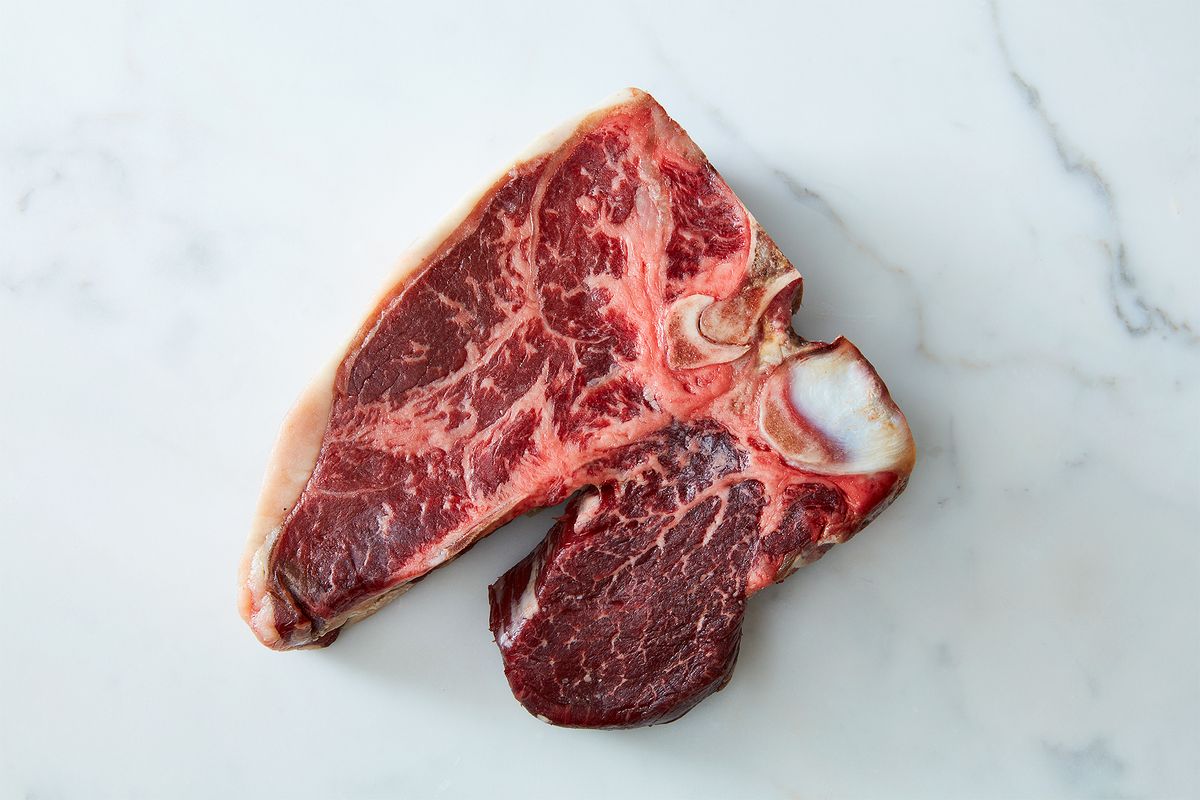
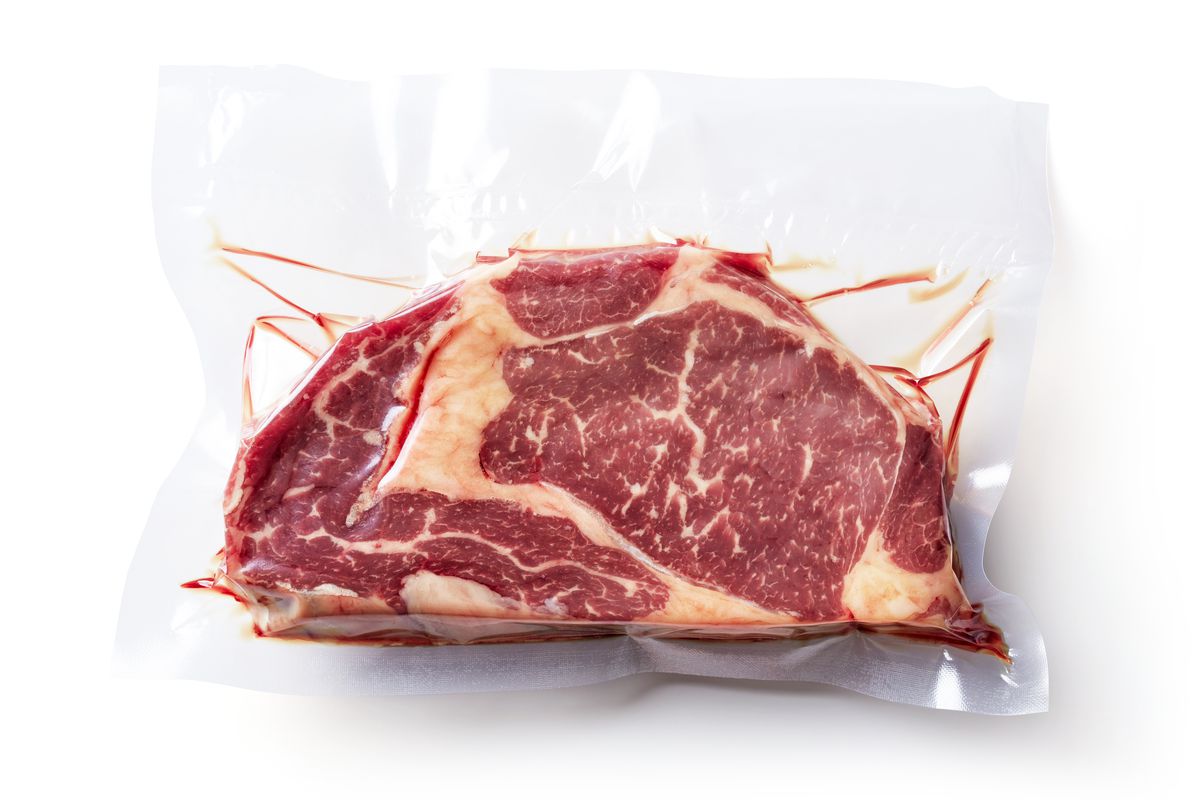
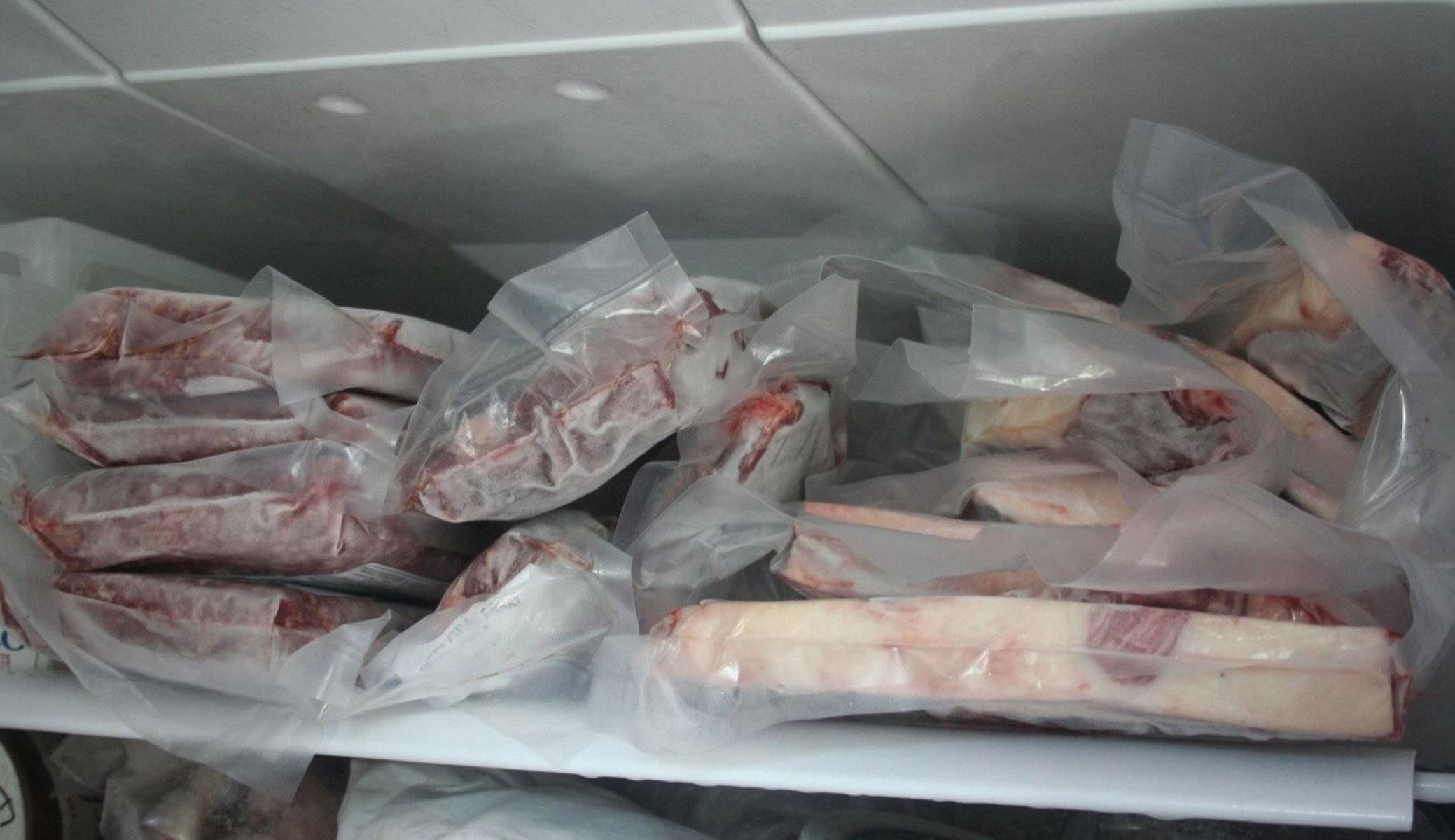
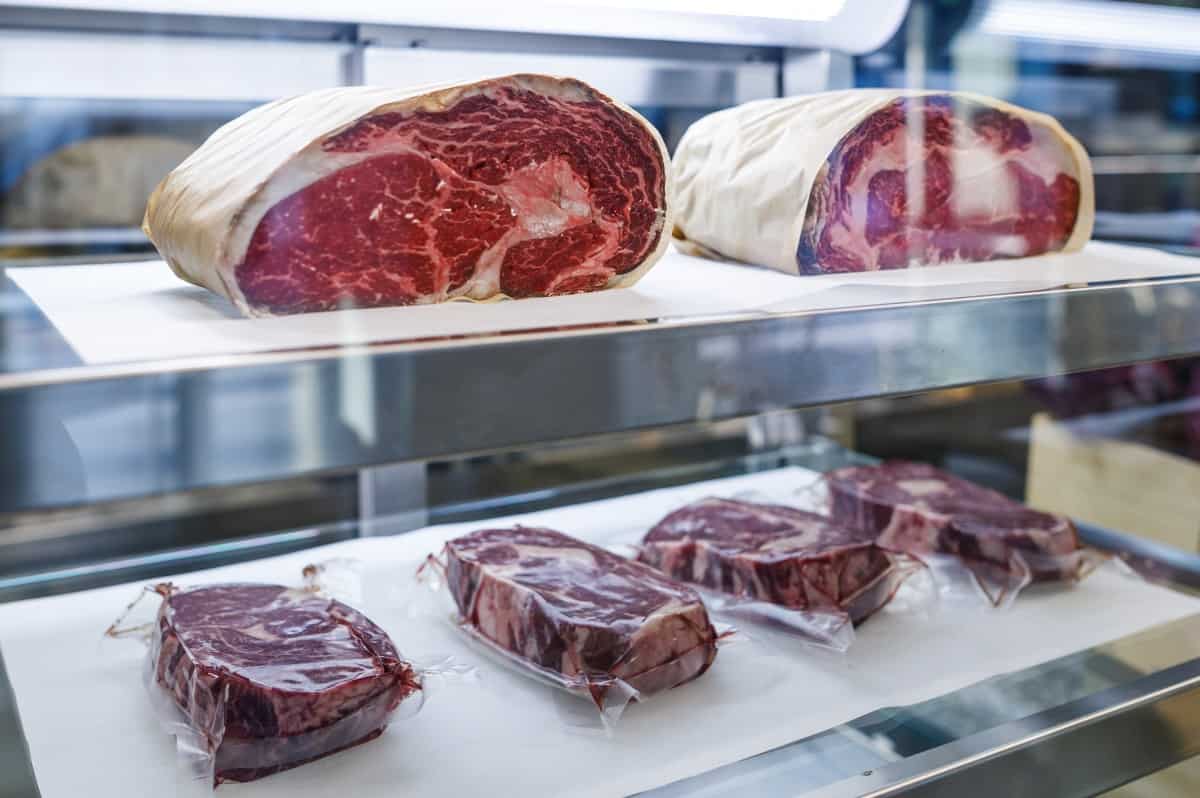
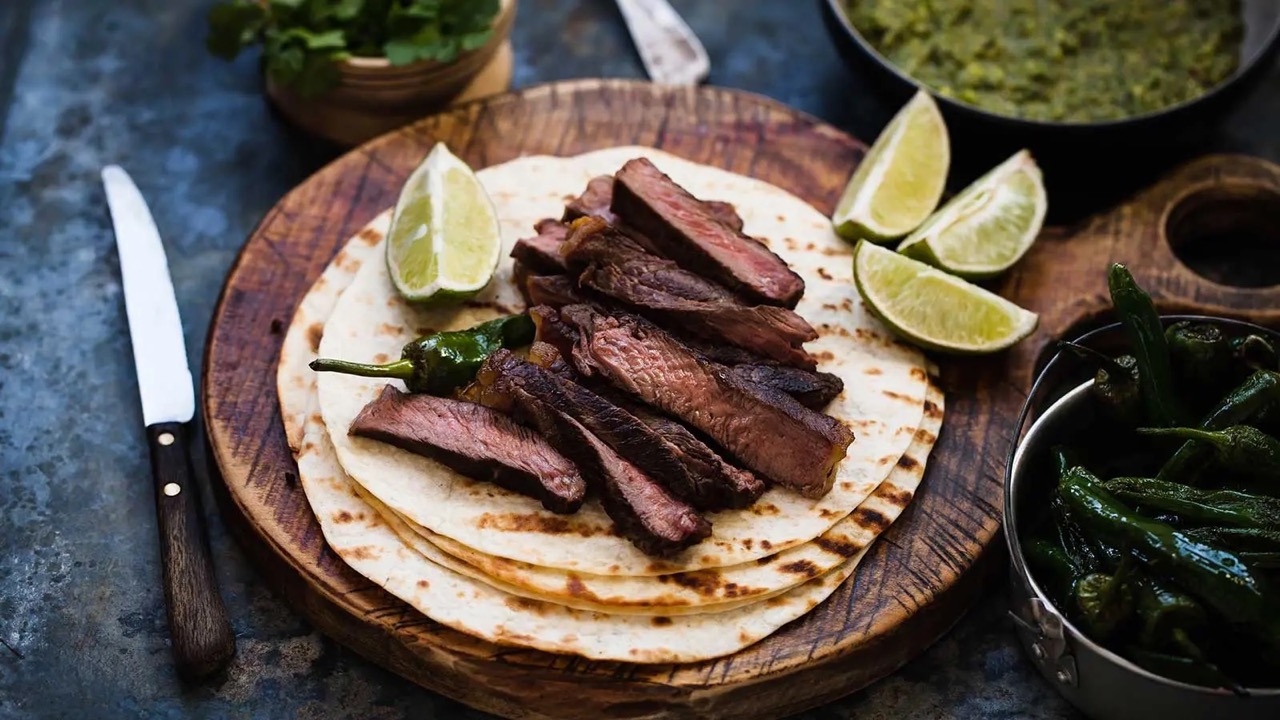
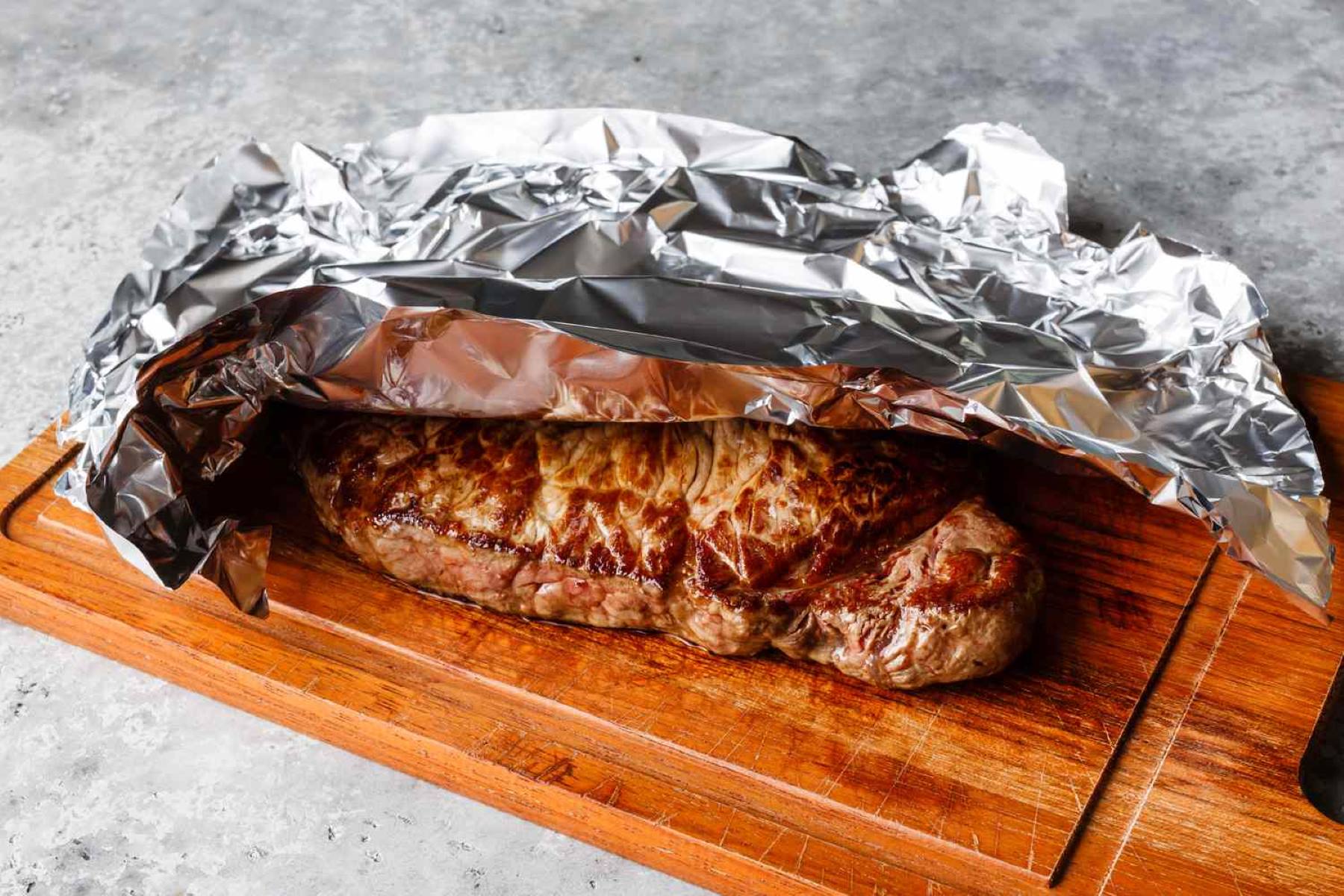
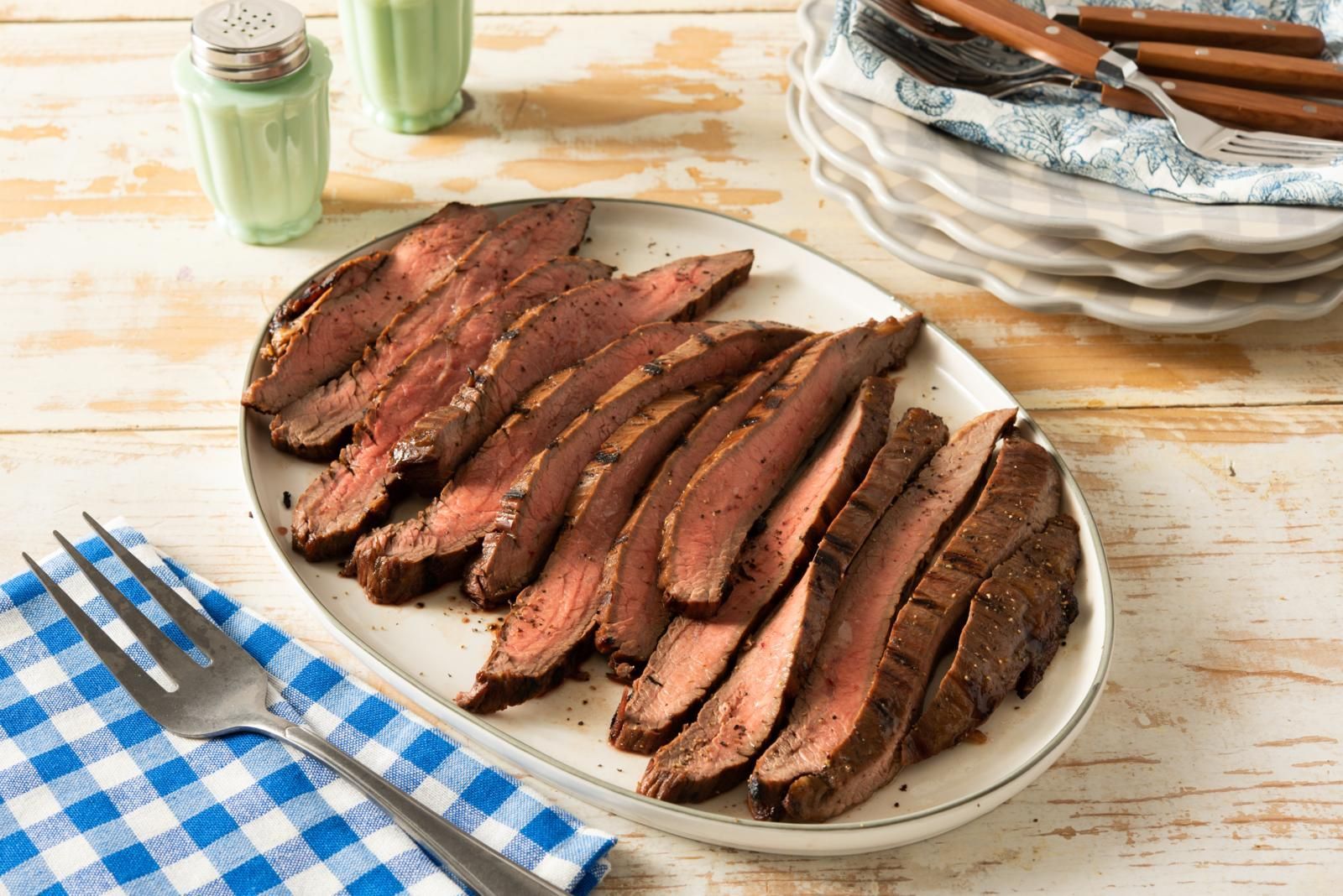
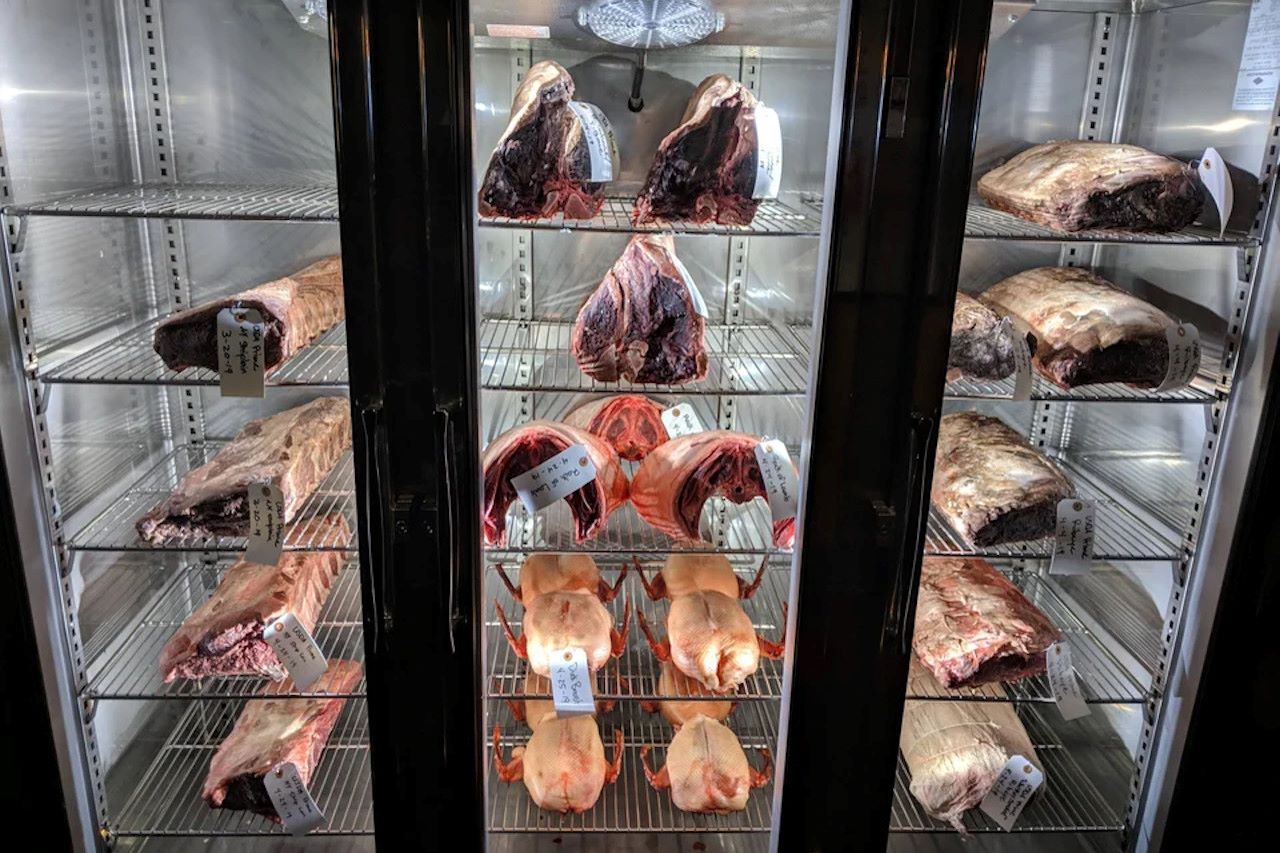
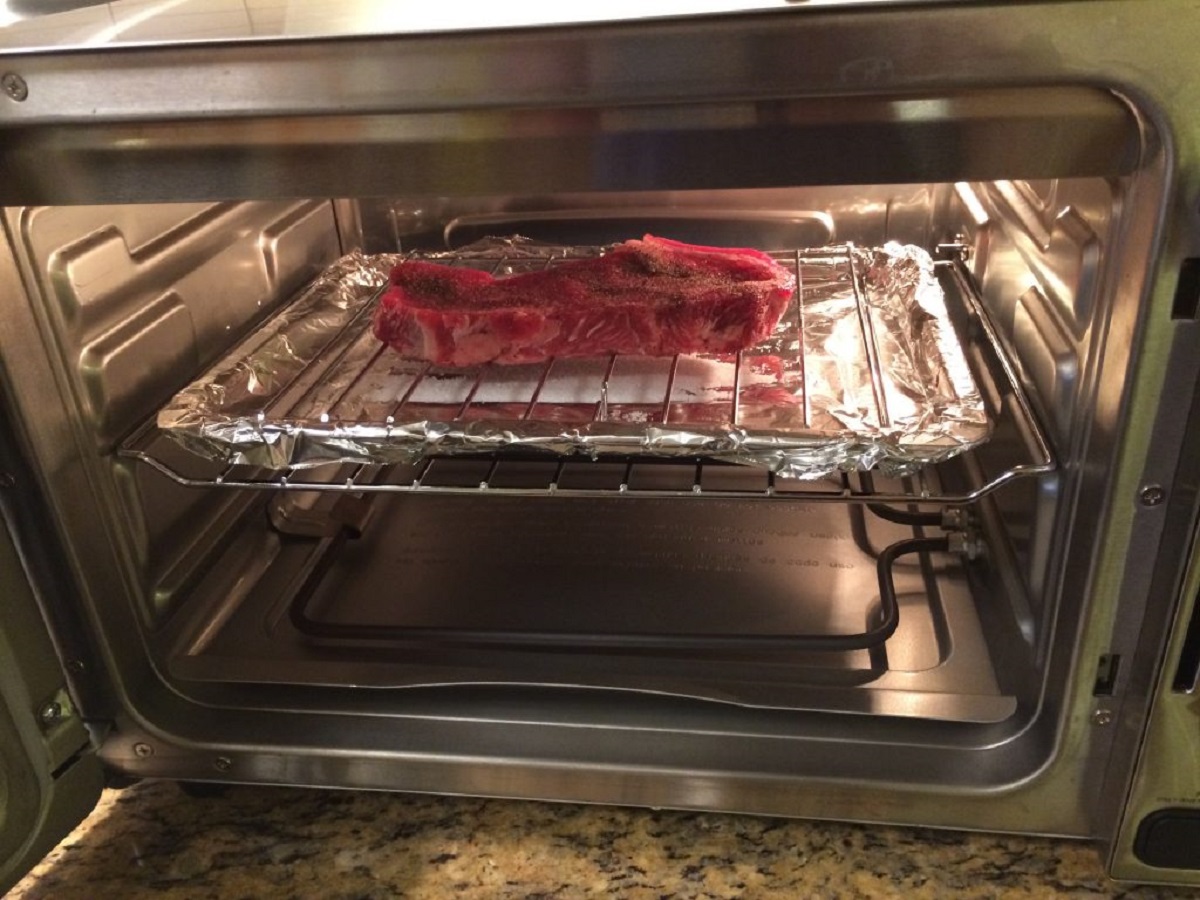
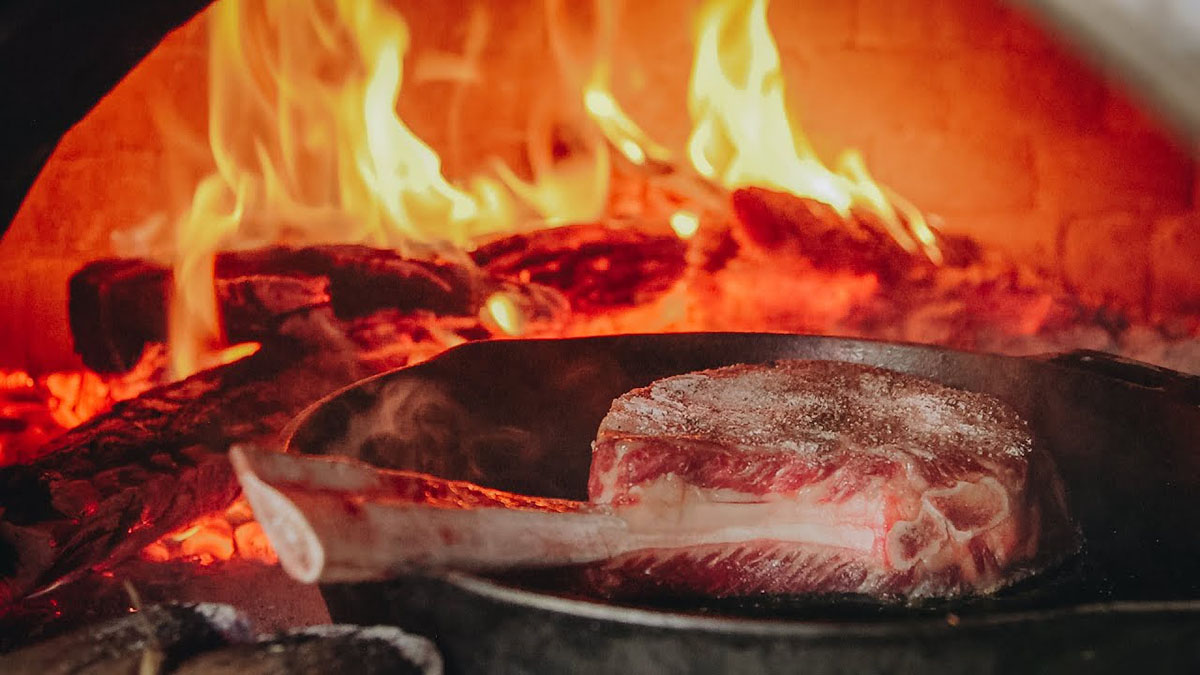
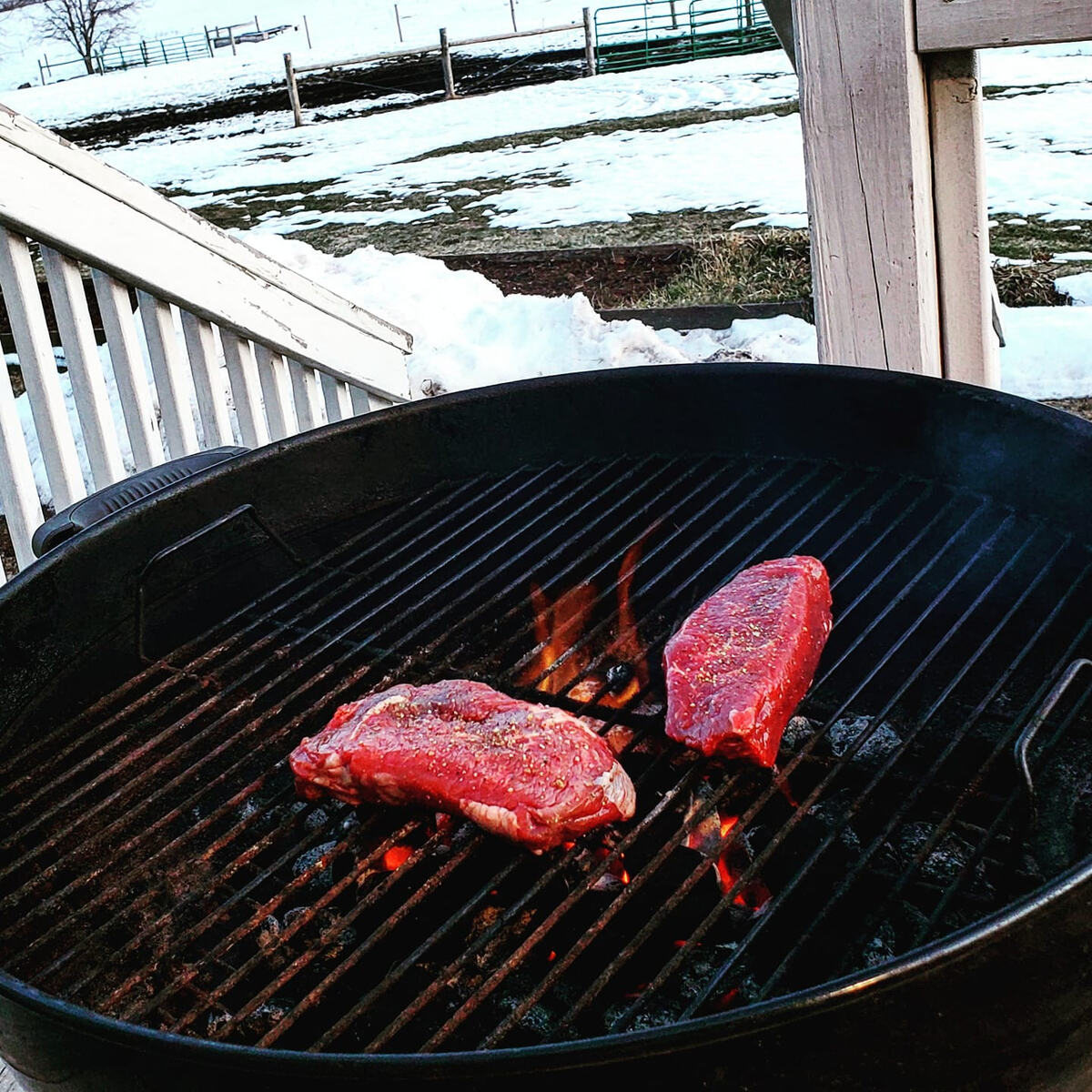
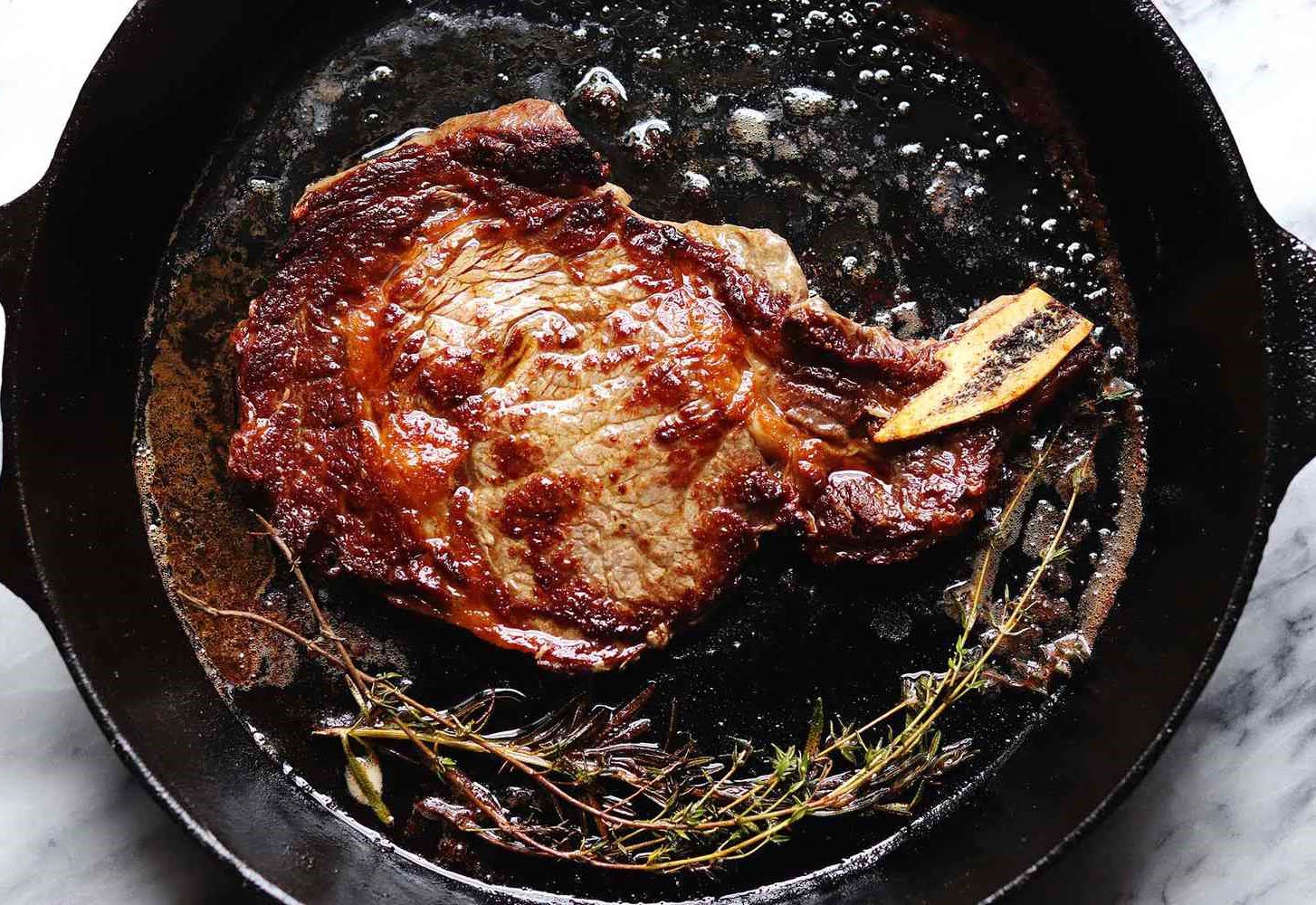
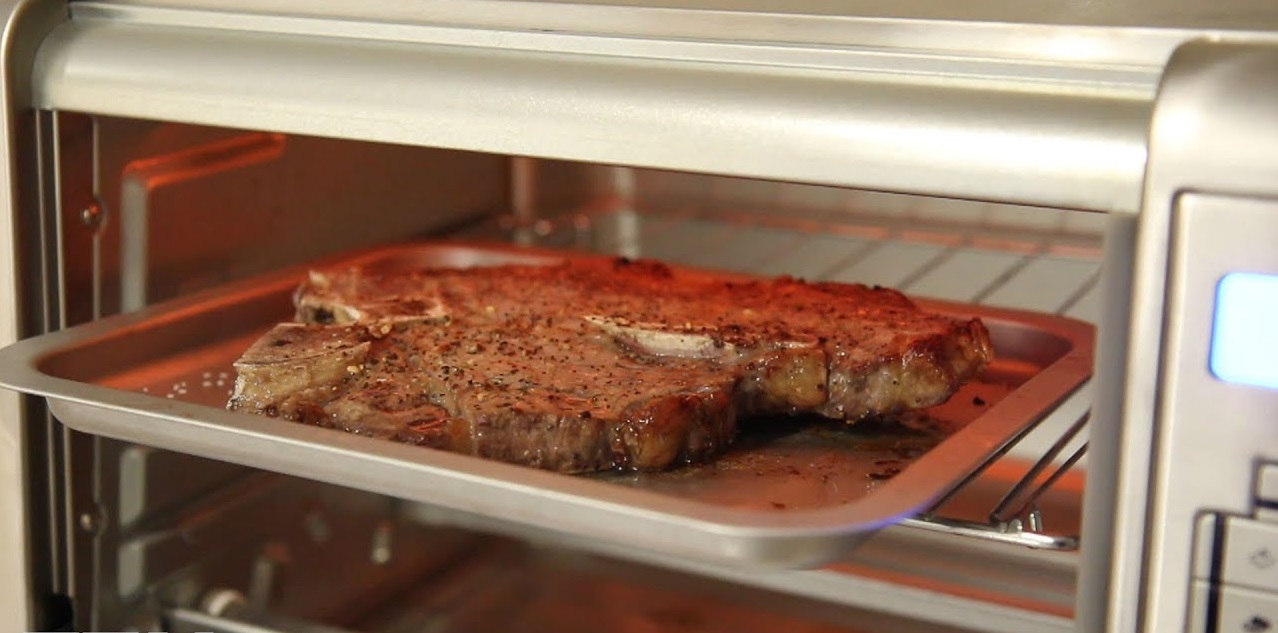
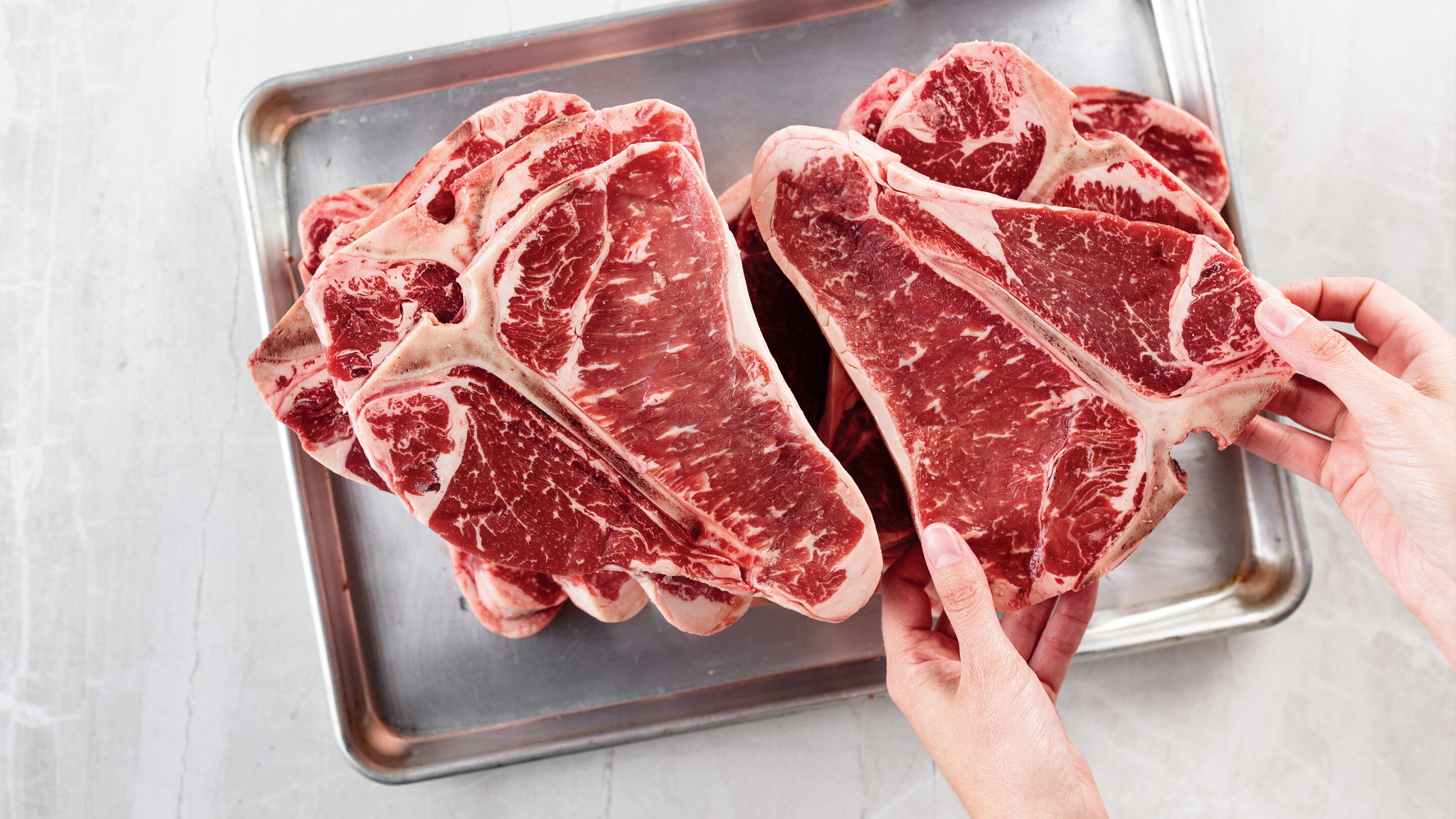

0 thoughts on “How To Store Steak”